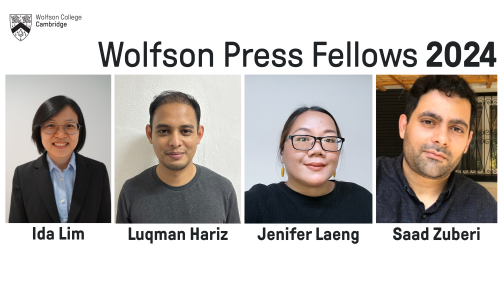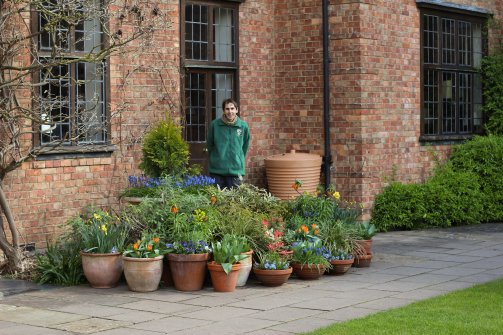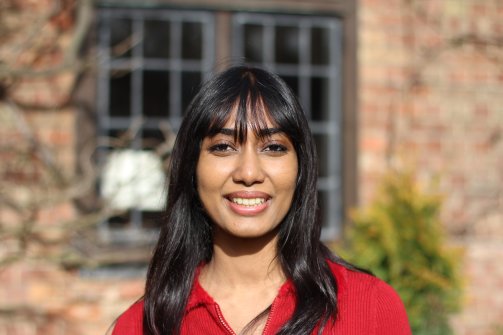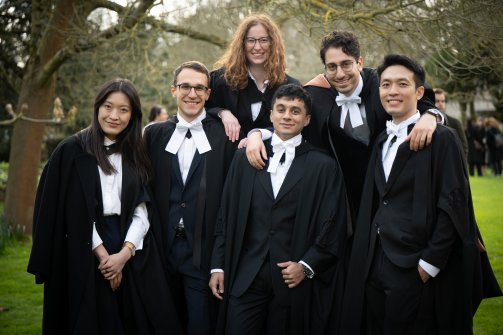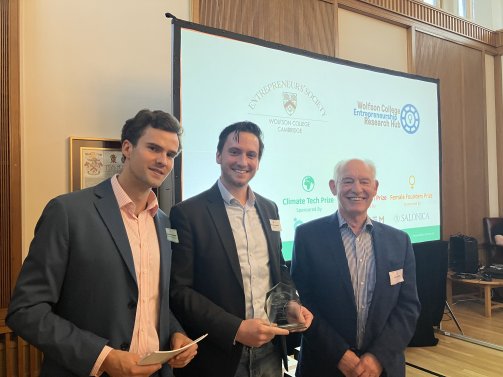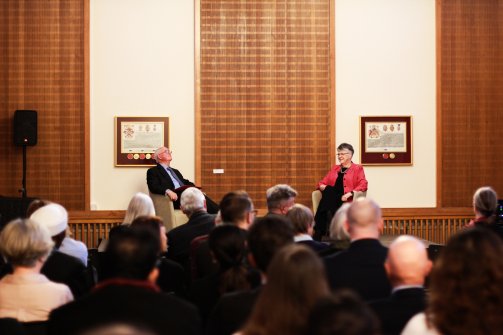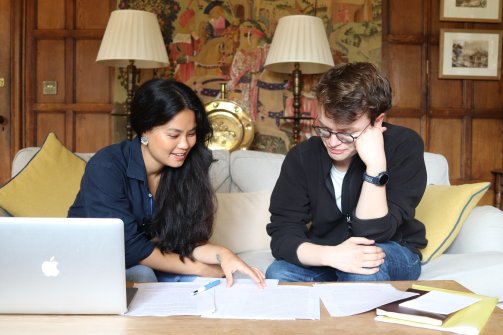The politics of time with Carolyn Smith
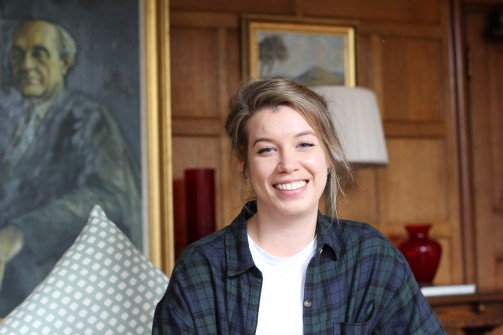
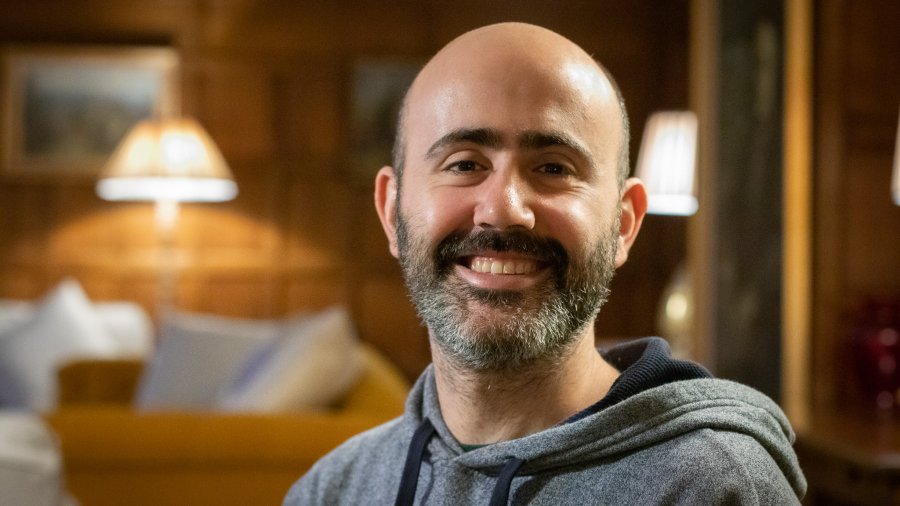
Licenciate Dr rer nat
Yair Litman is a theoretical chemist at the Yusuf Hamied Department of Chemistry. His research focuses on understanding how molecules move at the atomic scale including reaction rates and vibrational motion, where quantum effects play a decisive role.

Yair Litman received his diploma from the University of Buenos Aires in 2014. Shortly after, he worked with Professor Daniel Laria where he was introduced to path integral methods to study isotope fractionation in hydrogen halides in water clusters. At the end of 2016, he started his PhD at the Fritz Haber Institute in Berlin, under the supervision of Dr Mariana Rossi, where he investigated the impact of nuclear quantum effects in equilibrium and dynamical properties of H-bonded systems composed of water and organic molecules adsorbed on inorganic surfaces.
He finished his PhD in 2020 and since then has been working on theoretical and method developments of non-adiabatic rate theories and non-linear spectroscopies such as tip-enhanced Raman and sum-frequency generation at the Max Planck for Structure and Dynamics of Matter (Hamburg, Rossi Group), Max Planck Institute for Polymer Research (Mainz, Bonn Group), and the University of Cambridge (Althorpe Group), where he is based currently as a DFG fellow.
Unlike the math required to model the movement of clouds or to describe apples falling from trees, the description of nuclear motion in molecules demands a more complex treatment prescribed by the theory of quantum mechanics. For this purpose, Yair performs numerical simulations with existing and newly developed algorithms, sometimes enhanced by machine learning, trying to understand and predict the non-intuitive consequences emerging from the quantum nature of the nuclei.
More specifically, his research orbits around the theoretical and methodological development of adiabatic and non-adiabatic rate theories and diverse types of spectroscopies (IR, Raman, tip-enhanced Raman, sum-frequency generation, 2D-IR, and others). Yair’s interests include aqueous systems, metals, and hybrid organic/inorganic materials.
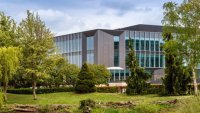
Dive into the Cambridge innovation ecosystem with a visit to the Cambridge Science Park.

This event is the third of three roundtables that Wolfson's REACH Research Hub will be organising over the academic year under the heading ‘Hierarchies of Racism?’

Join Emeritus Fellow Dr Brian D Cox for a talk which will outline the development of the University from its origins in 1209 until the present day.
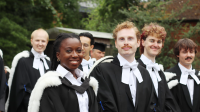
Graduation ceremonies are the culmination of students’ hard work and commitment, and a moment to celebrate the completion of their Cambridge degree.
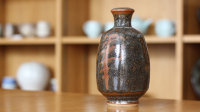
A display of works from the Bradshaw-Bubier studio pottery collection.

